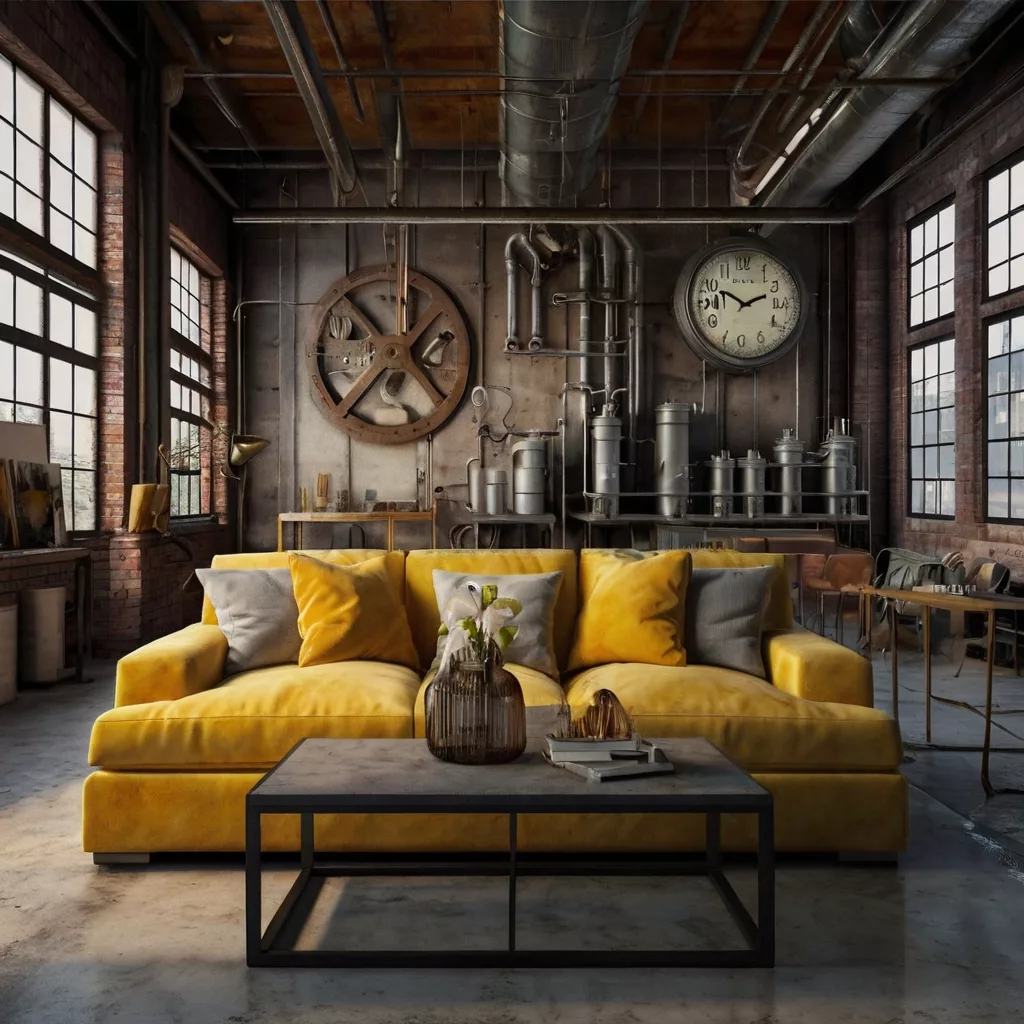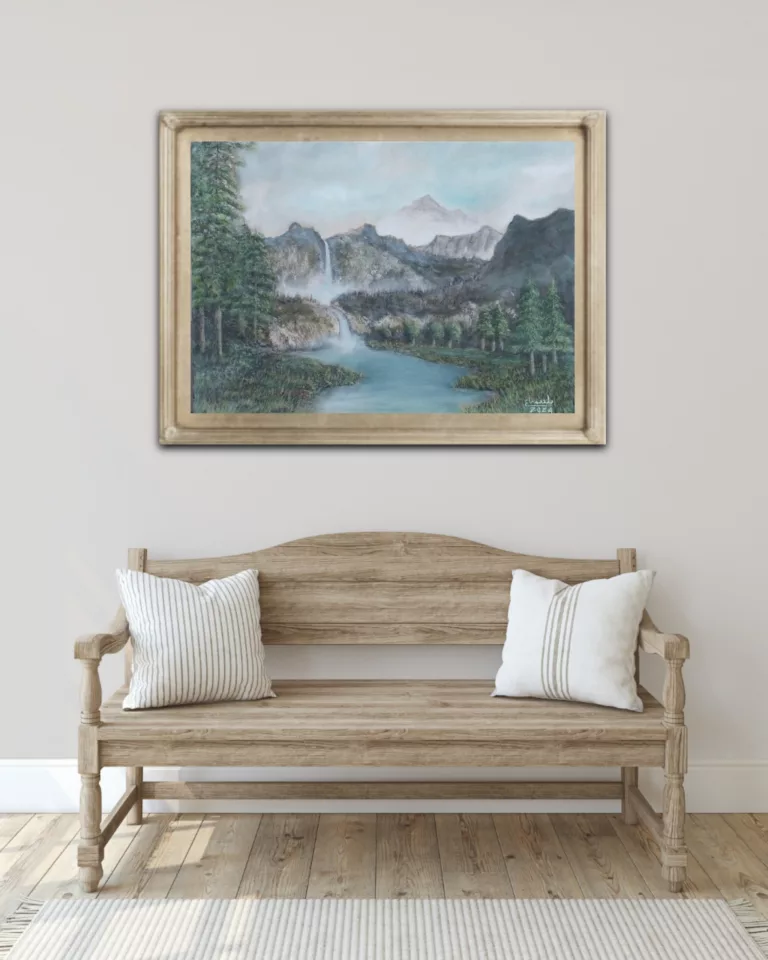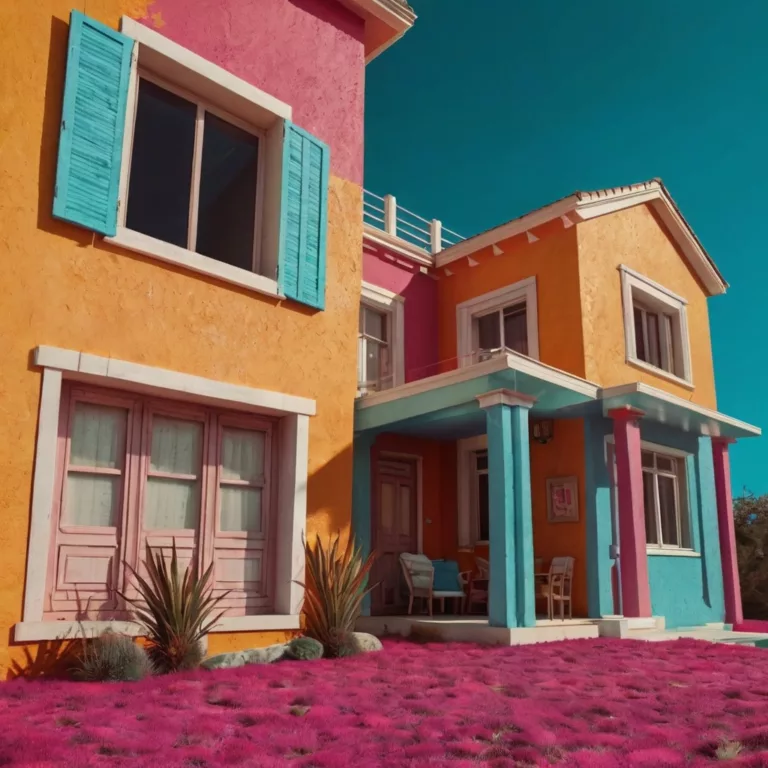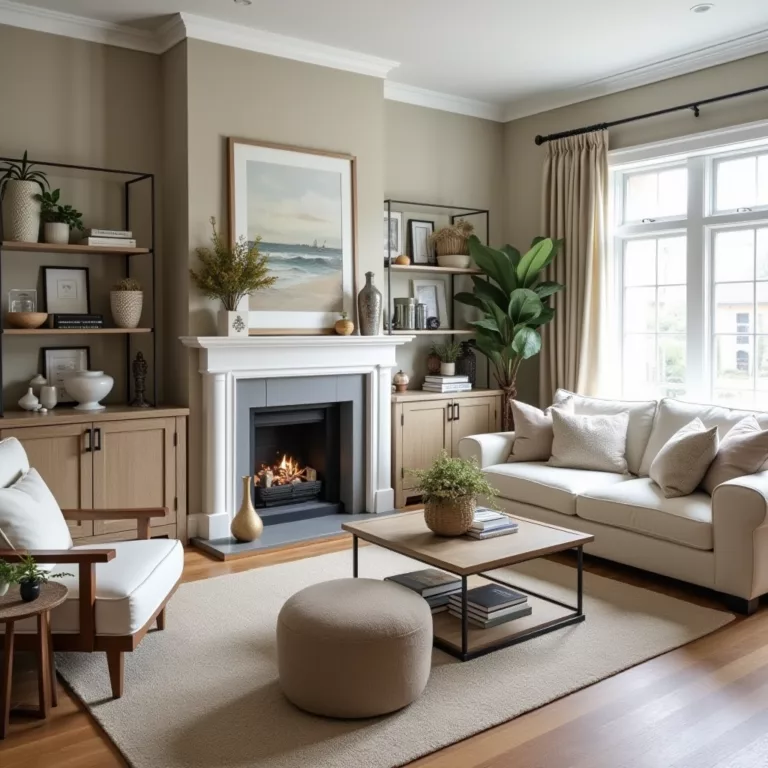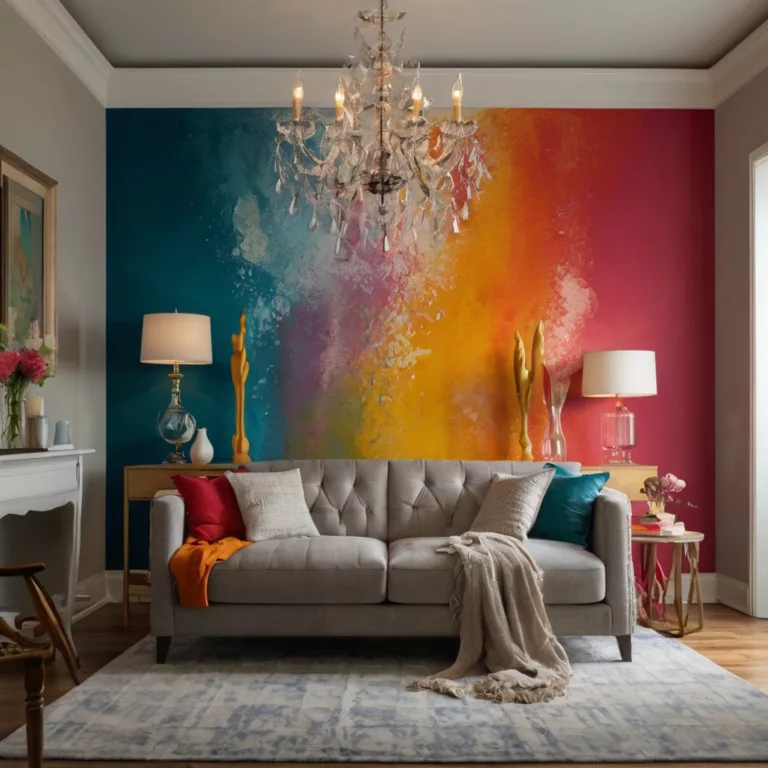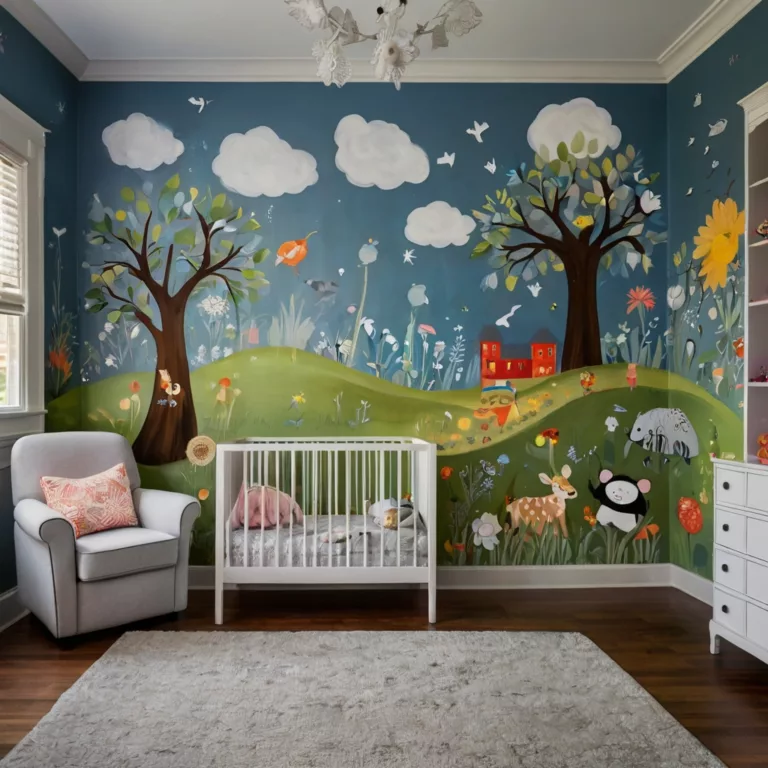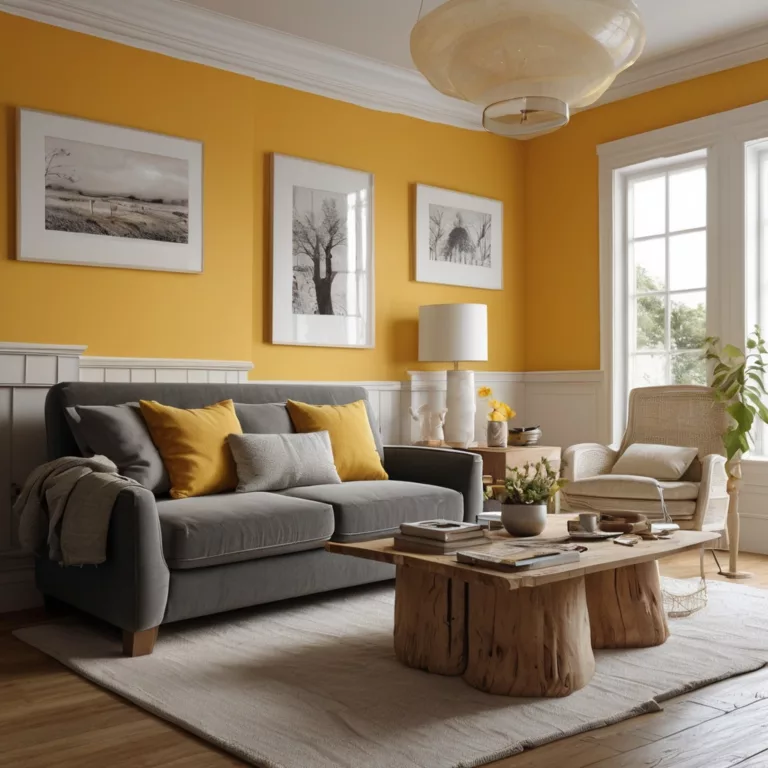Industrial Decor Elements
Industrial decor has become one of the most popular interior design styles in recent years, blending raw materials, functional design, and a rugged aesthetic to create spaces that feel modern, edgy, and sophisticated. Originally inspired by old factories and warehouses, industrial design incorporates exposed elements, neutral colors, and a mix of metal, wood, and concrete to achieve a timeless, urban look.
In this in-depth guide, we will explore the key elements of industrial decor, how to incorporate them into different spaces, and the best ways to balance functionality and aesthetics for a perfectly curated industrial-style interior.
The Origins of Industrial Decor
Industrial decor emerged in the late 20th century when old warehouses, factories, and lofts were repurposed into living spaces. Instead of covering up raw materials like brick, metal, and concrete, designers embraced them, highlighting their natural beauty.
This trend quickly became a favorite for urban lofts, cafes, office spaces, and modern homes, thanks to its simplicity, durability, and ability to blend with other design styles like minimalism, rustic, and even Scandinavian interiors.
Key Industrial Decor Elements
To achieve an authentic industrial aesthetic, it’s essential to incorporate specific design elements that define this style. These elements include raw materials, structural features, furniture choices, and color schemes.
1. Raw and Exposed Materials
Industrial decor is heavily based on raw, unfinished materials that celebrate imperfections and natural textures. Some of the most commonly used materials include:
- Exposed Brick Walls: A signature element of industrial spaces, brick walls add texture, warmth, and character. If your home doesn’t have original brickwork, faux brick panels or wallpaper can create a similar effect.
- Concrete: Used for walls, floors, countertops, and even furniture, concrete provides a sleek yet rugged look that fits perfectly in industrial spaces.
- Reclaimed Wood: Aged, weathered wood adds warmth to the industrial aesthetic, balancing the roughness of metal and concrete. It can be used for flooring, furniture, or shelving.
- Metal Accents: Black steel, wrought iron, and copper are commonly used for furniture frames, lighting fixtures, and decorative elements.
- Glass & Wire Mesh: Large glass windows with black metal frames and wire mesh details add a factory-inspired touch while maintaining an open, airy feel.
2. Open Spaces and High Ceilings
Industrial interiors embrace spaciousness, often characterized by:
- Open-plan layouts that combine living, dining, and kitchen areas.
- High ceilings, reminiscent of warehouse structures.
- Minimal partitions to enhance the sense of openness.
To maximize this effect, large floor-to-ceiling windows, industrial-style glass partitions, and minimal furniture arrangements are recommended.
3. Neutral and Earthy Color Palettes
Industrial decor relies on a neutral color scheme that highlights natural materials. Common colors include:
- Gray: The most dominant color, often seen in concrete walls and metal finishes.
- Black: Used for metal elements, window frames, and industrial lighting fixtures.
- Brown & Rust: Introduced through wood, aged leather, and exposed brick.
- White & Beige: Added to balance the darker tones and create contrast.
- Muted Greens & Blues: Occasionally used for accent pieces to add subtle color.
4. Industrial Lighting Fixtures
Lighting plays a crucial role in industrial decor, with a focus on functionality and aesthetic appeal. Some iconic industrial lighting choices include:
- Edison Bulbs: Vintage-style filament bulbs add warmth and a nostalgic industrial touch.
- Metal Pendant Lights: Often used in kitchens and dining areas, these come in matte black, copper, or aged brass finishes.
- Factory-Inspired Chandeliers: Large statement chandeliers with metal frames and exposed bulbs create an industrial focal point.
- Wall-Mounted Sconces: Adjustable sconces with metal arms and glass shades provide ambient lighting while enhancing the industrial feel.
5. Industrial Furniture and Decor
Furniture in industrial design should reflect the rugged, functional nature of the style. Here are some must-have pieces:
- Metal & Wood Tables: Dining tables, desks, and coffee tables with metal frames and wooden tops.
- Leather & Vintage Upholstery: Aged leather sofas, distressed fabric chairs, and vintage-inspired seating.
- Open Shelving Units: Steel-framed shelves with reclaimed wood planks, perfect for displaying books and decorative items.
- Industrial-Style Cabinets: Lockers, steel cabinets, and rolling carts inspired by factory storage solutions.
Tip: Mixing antique or repurposed furniture with modern elements helps create an authentic industrial feel.
6. Minimalist and Functional Decor
Industrial spaces embrace minimalism while maintaining a lived-in feel. Key decor elements include:
- Metal-framed mirrors to enhance light and space.
- Large abstract artwork with muted tones or black-and-white photography.
- Industrial-style clocks, gears, and factory-inspired wall decor.
- Vintage signage and typography for a touch of nostalgia.
How to Incorporate Industrial Decor into Different Spaces
1. Industrial Living Room
- Use an exposed brick wall as a focal point.
- Pair a leather sofa with a metal coffee table.
- Add industrial pendant lights or a floor lamp with a metal frame.
- Layer with textured rugs and throw pillows to soften the look.
2. Industrial Kitchen
- Choose black or stainless-steel appliances.
- Install open shelving with metal brackets.
- Opt for a kitchen island with a reclaimed wood top and metal stools.
- Use factory-style pendant lights for task lighting.
3. Industrial Bedroom
- Use a metal-framed or wooden headboard.
- Keep the color palette dark and moody with gray walls.
- Incorporate Edison bulb bedside lamps.
- Add industrial-style storage solutions, such as wire baskets or steel dressers.
4. Industrial Office or Workspace
- Opt for a reclaimed wood desk with black metal legs.
- Use industrial shelving for books and decor.
- Install factory-style lighting to enhance productivity.
- Keep the decor minimal but add vintage or mechanical-inspired accessories.
Blending Industrial Decor with Other Styles
Industrial decor can be combined with other styles for a more personalized look:
- Industrial + Scandinavian: Light-colored wood, soft textiles, and minimalistic furniture balance the ruggedness of industrial design.
- Industrial + Rustic: Incorporate more reclaimed wood, vintage elements, and warm earthy tones.
- Industrial + Modern: Clean lines, sleek furniture, and high-contrast color palettes create a refined, contemporary industrial aesthetic.
- Industrial + Bohemian: Layered textiles, plants, and eclectic accessories add warmth and a relaxed feel to the industrial structure.
Final Thoughts
Industrial decor is more than just a trend—it’s a timeless design style that celebrates raw beauty, functionality, and urban charm. Whether you’re designing an entire industrial-inspired home or adding a few key elements to your existing space, embracing industrial materials, lighting, and furniture can create a stylish and welcoming environment.
Would you consider incorporating industrial elements into your home? What’s your favorite feature of industrial design?
Art11deco

